
Boso no Mura Open-Air Museum
Step back in time at Boso no Mura, an open-air museum recreating an authentic Edo-period Japanese village with interactive crafts.
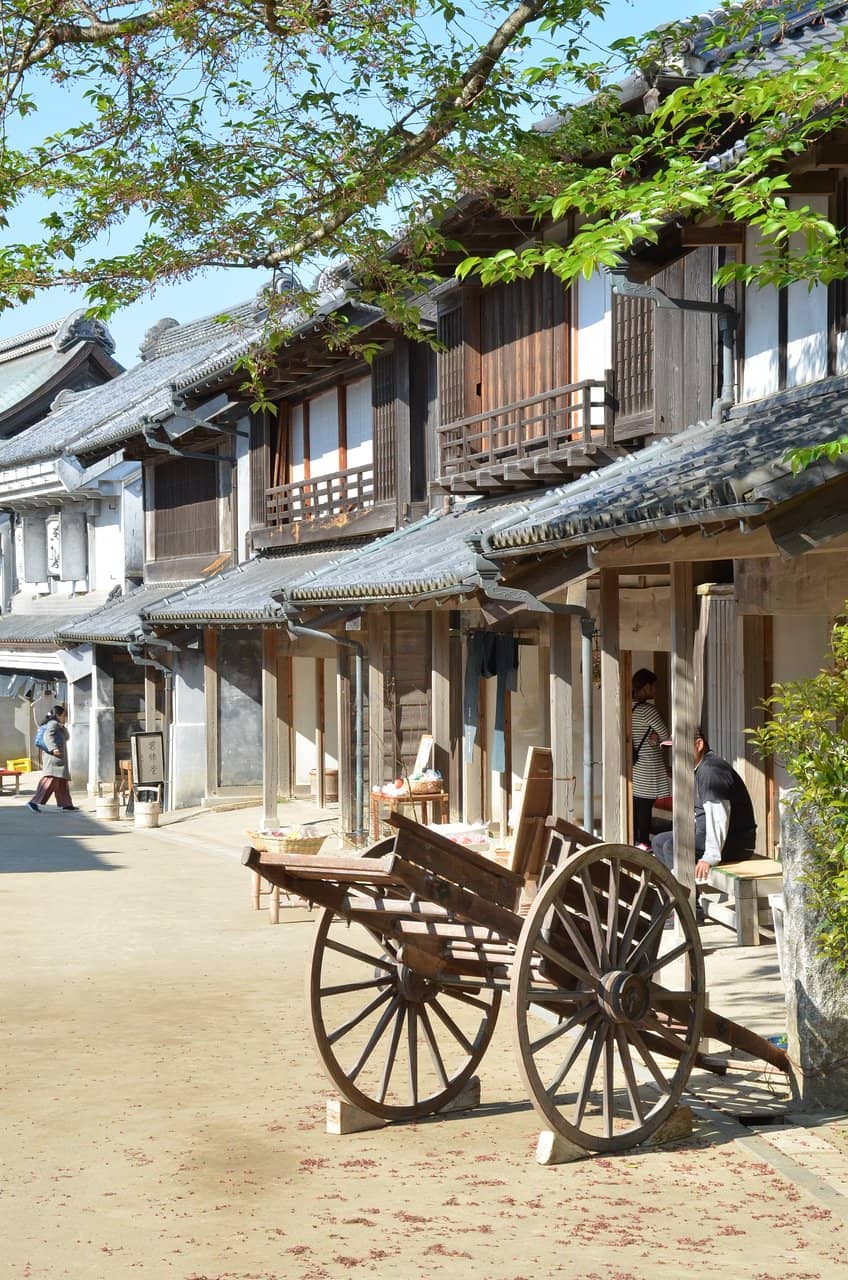
Highlights
Must-see attractions
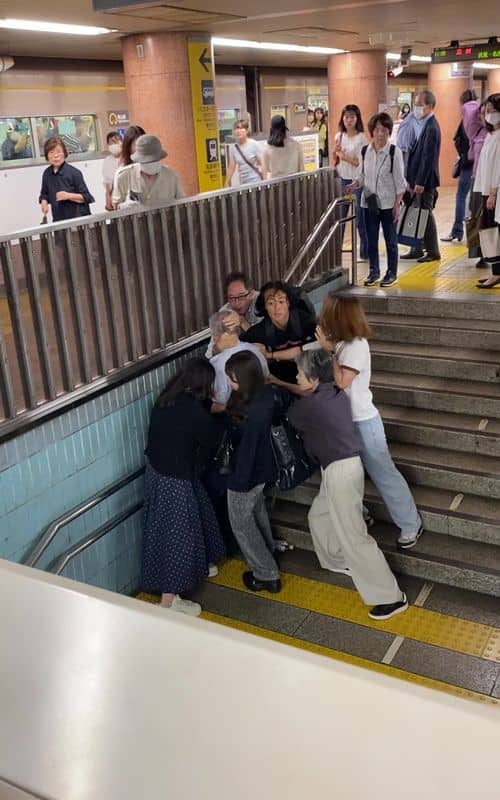
Social
From TikTok & Reddit
Best Time
Pleasant weather, fewer crowds

Boso no Mura Open-Air Museum
Best Time
Pleasant weather, fewer crowds

Highlights
Must-see attractions
Step back in time at Boso no Mura, an open-air museum recreating an authentic Edo-period Japanese village with interactive crafts.
"An amazing time at Boso no mura village, exceeded my expectations by high!"
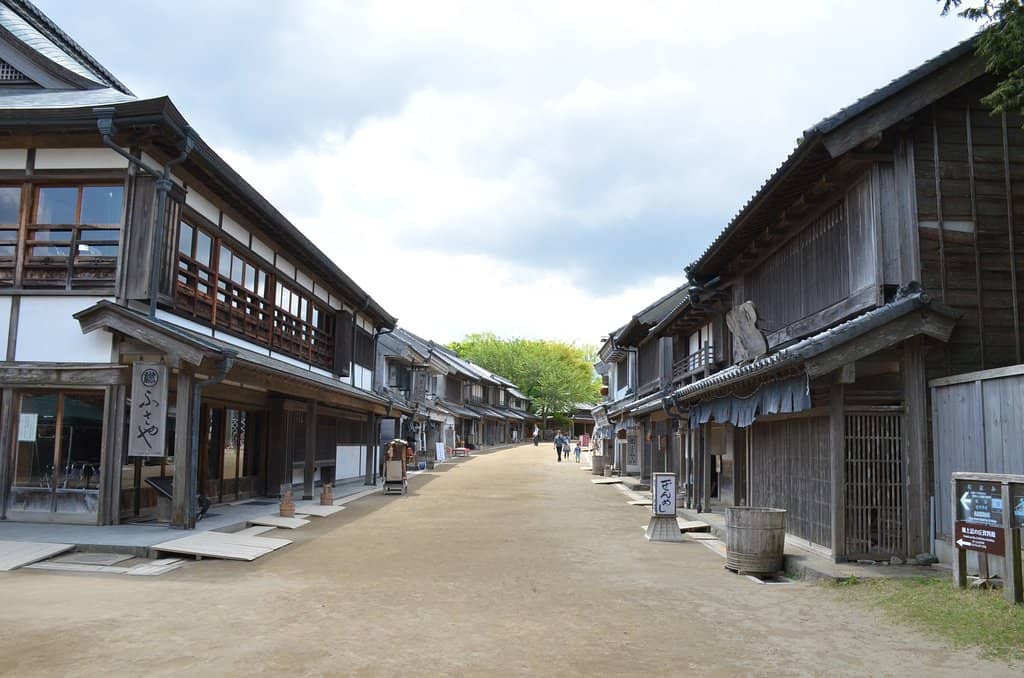
🎯 Get an English Map
Essential for navigating and understanding exhibits, as most signs are in Japanese.
⏰ Sign up early for activities
Popular workshops like chopstick making fill up fast, so register upon arrival.
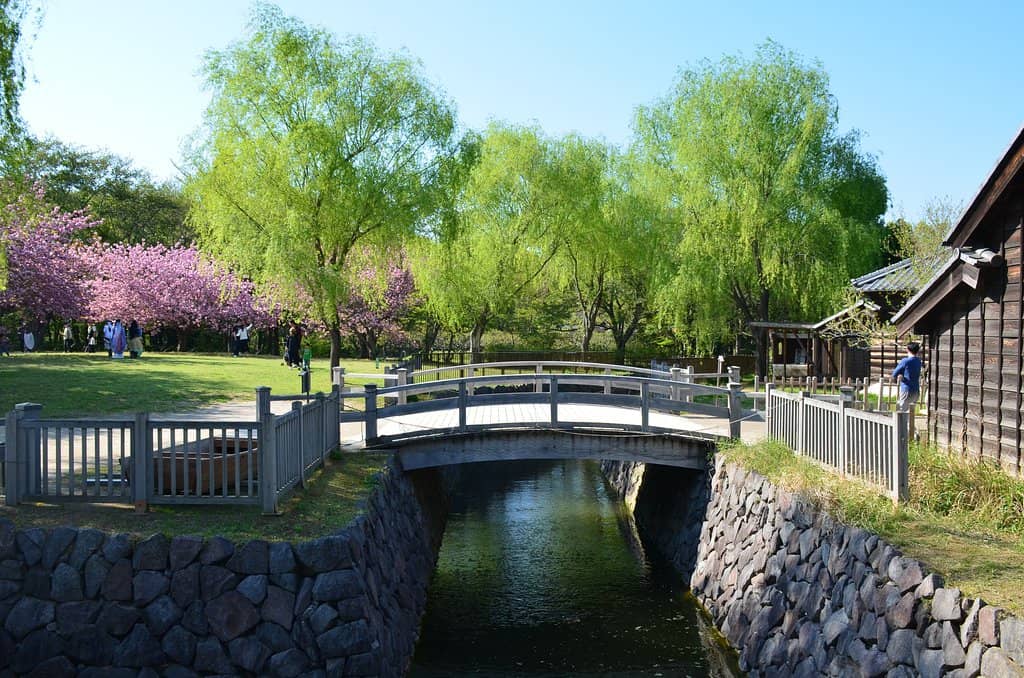
Highlights
Discover the most iconic attractions and experiences
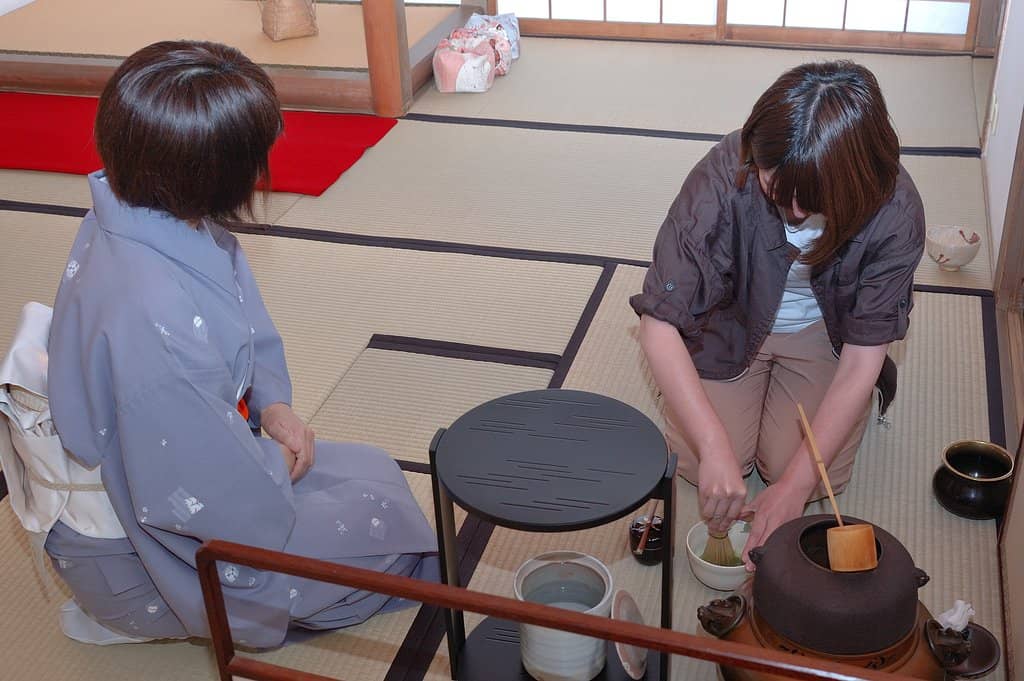
Edo Period Village
Main village area
Step back in time in this meticulously recreated historic Japanese street. Authentic buildings and atmosphere.
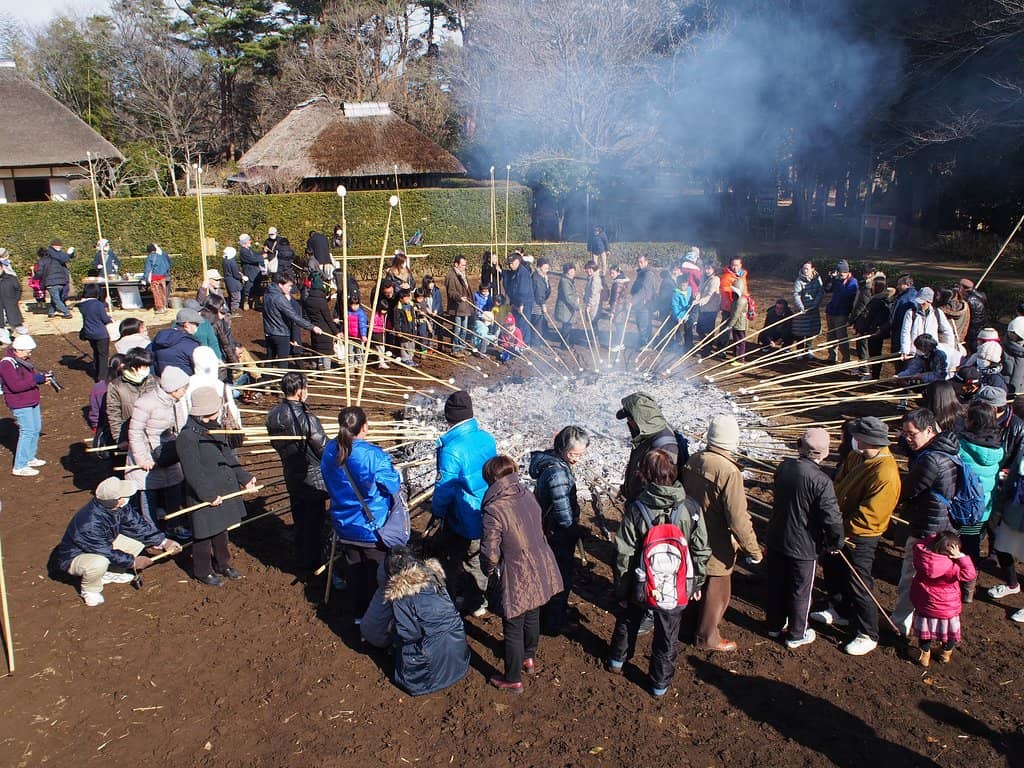
Interactive Craft Workshops
Various workshop areas
Try your hand at traditional crafts like candle making or chopstick creation for a unique souvenir.
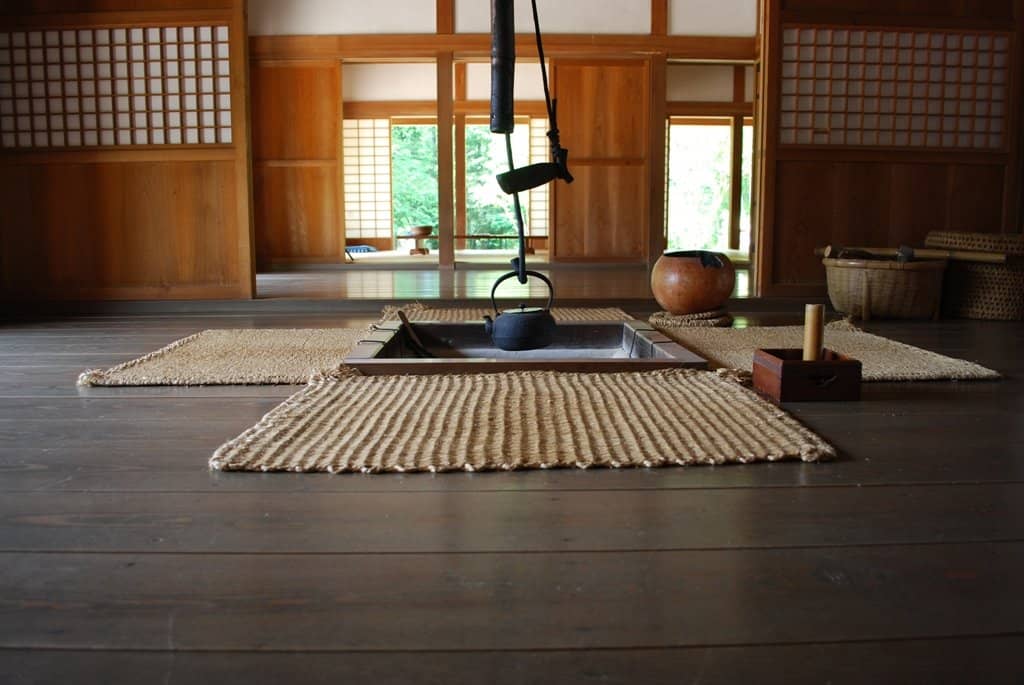
Samurai and Farm Houses
Residential areas
Explore impeccably preserved samurai residences and traditional farmhouses, offering a glimpse into 1600s life.
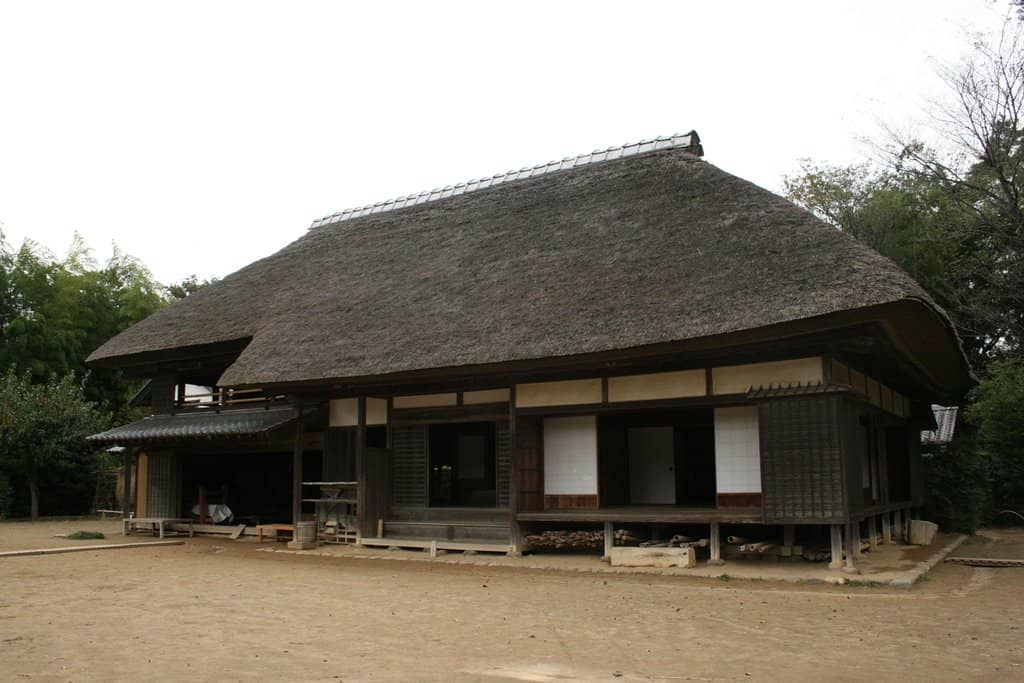
Traditional Tea House
Merchant street area
Relax in a tatami room with sencha and mochi, enjoying a peaceful break in an authentic setting.
Plans like a pro.
Thinks like you
Planning Your Visit
Beat the Heat and Crowds
Embrace the Immersion
Best Times
Insider Tips
from TikTok, Instagram & Reddit
🎯 Get an English Map
Essential for navigating and understanding exhibits, as most signs are in Japanese.
⏰ Sign up early for activities
Popular workshops like chopstick making fill up fast, so register upon arrival.
☀️ Prepare for the sun
Bring sun protection, especially in warmer months, as there's limited shade.
📱 Use Translation Apps
Helpful for understanding local interactions and signs if English support is limited.
Tips
from all over the internet
🎯 Get an English Map
Essential for navigating and understanding exhibits, as most signs are in Japanese.
⏰ Sign up early for activities
Popular workshops like chopstick making fill up fast, so register upon arrival.
☀️ Prepare for the sun
Bring sun protection, especially in warmer months, as there's limited shade.
📱 Use Translation Apps
Helpful for understanding local interactions and signs if English support is limited.
🚕 Taxi Woes? Plan Ahead
Apps might not work well for pick-up; ask staff to help call a local taxi.
What Travellers Say
Reviews Summary
Visitors consistently praise Boso no Mura for its authentic Edo period atmosphere and engaging interactive experiences, particularly the craft workshops. The friendly staff and well-preserved historical buildings contribute to a highly recommended visit, though navigating with limited Japanese signage requires some preparation.
"I traveled here in early September 2025. The weather was very hot with no wind, and the strong sun resulted in very few photos being taken. The place was beautiful and clean, the staff were friendly, and there was an air-conditioned room to rest in."
chi li
"Had an amazing time at Boso no mura village !!! It exceeded my expectations by high; very very nice open air museum of Japan Edo period; really had a blast!!! It became one of my favourite places to visit in Chiba prefecture; and I definitely recommend it!!! 💯 Once inside, everything is so authentic. The entrance ticket staffs, local merchants, farmers were absolutely welcoming and so down to earth, such a good service and deep kindness! Even though the little language barrier we managed to communicate and we were invited to participate in fun activities such as creating candles which became a nice memory object; Arts exhibition, etc. The traditional tea house is a must stop by to try the sencha/mochi in a comfortable and traditional tatami room. Beside the merchant street; are either the Samurai or farm houses 🛖 that also are in an impeccable state, very interesting to visit and feel in the 1600s years. Overall loved it and left some sights to explore more for the next visit 💯"
Donia Lisa Zora G.
"This was a fun place to visit. Although the signs were mostly in Japanese, there was an English map and Google translate helped us to understand. A fascinating village with a real taste of what it was like in the edo period. Highly recommend"
Elizabeth Alwi
What People Like
What People Dislike
Frequently Asked Questions
🚇 🗺️ Getting There
The museum is accessible by public transport, though it can be a bit of a journey. From Tokyo, you can take a train to Kashiwa Station and then a bus to Boso no Mura. Some visitors have also used taxis, but arranging pick-up can be tricky.
Yes, Boso no Mura is relatively close to Narita Airport. You can take a bus or train combination, or a taxi for a more direct route. It's a good option for a day trip if you have a layover.
Absolutely! One visitor discovered Boso no Mura during a Tone River bike ride, highlighting it as a 'hidden gem.' This suggests it's a scenic and accessible destination for cyclists.
The museum is an open-air village, so walking is the primary way to explore. Wear comfortable shoes as you'll be on your feet a lot.
Yes, there are parking facilities available for visitors who choose to drive to the museum. This is a convenient option if you're traveling by car.
🎫 🎫 Tickets & Entry
Admission to Boso no Mura is very affordable. While specific prices can vary, it's generally considered a budget-friendly attraction, with additional small fees for some craft activities.
The museum typically opens in the morning and closes in the late afternoon. It's advisable to check the official website for the most current operating hours, as they can change seasonally.
Generally, advance booking is not required for general admission to Boso no Mura. You can purchase tickets upon arrival. However, for specific popular workshops, it's recommended to sign up early.
Information on specific discounts isn't widely publicized, but the general admission price is already very reasonable. Keep an eye out for any special event promotions.
Re-entry policies can vary. It's best to confirm with the ticket staff upon your initial entry if you anticipate needing to leave and return later in the day.
🎫 🧭 Onsite Experience
Boso no Mura offers a variety of interactive experiences, including traditional craft workshops like candle making and chopstick making, exploring historic houses, and enjoying tea at a traditional tea house.
Yes, children often have a lot of fun at Boso no Mura. The interactive activities and the chance to explore old Japanese houses make it engaging for younger visitors.
Immerse yourself by participating in the workshops, interacting with the staff who often dress in period attire, and exploring the authentic recreations of samurai and farm houses.
While official guided tours in English might be limited, the staff are generally friendly and helpful. Using an English map and translation apps can help you understand the exhibits.
Comfortable walking shoes are a must, as you'll be exploring the village on foot. Dress in layers as the weather can change, and bring sun protection if visiting during warmer months.
🍽️ 🍽️ Food & Dining
Yes, there is a traditional tea house where you can enjoy sencha and mochi. For more extensive dining options, you might need to explore areas outside the museum.
The tea house offers traditional Japanese refreshments like sencha (green tea) and mochi (rice cakes), providing an authentic taste of the Edo period.
While not explicitly stated, it's generally good practice to check the museum's policy on outside food and drinks. Picnicking might be possible in designated areas if allowed.
The offerings at the tea house are typically traditional Japanese sweets. For more diverse dietary needs, it's advisable to dine before or after your visit.
The primary dining option within the museum is the traditional tea house. For a full meal, you may need to venture to nearby towns or cities.
📸 📸 Photography
Photography is generally allowed in most areas of Boso no Mura, allowing you to capture the historic village. However, always be mindful of any posted restrictions, especially inside certain buildings.
The entire village offers picturesque scenes, from the merchant streets to the samurai houses and farmhouses. Early mornings or late afternoons can provide softer lighting.
It's polite to ask permission before taking close-up photos of staff members, even if they are in costume. They are often happy to oblige for a quick shot.
Drone usage is typically prohibited at historical sites and museums to protect the integrity of the location and for visitor safety. It's best to assume drones are not allowed.
A versatile lens that can capture both wide shots of the village and details of the architecture would be ideal. A tripod might be useful for low-light conditions, but check if they are permitted.
For Different Travelers
Tailored advice for your travel style
👨👩👧 Families with Kids
Many of the historic houses are open to explore, offering a glimpse into what life was like for children in the Edo period. The staff are generally welcoming and patient with younger visitors. Remember to bring sun protection and snacks, as exploring the village can take several hours. Consider visiting on a weekday to avoid larger crowds and allow children more space to enjoy the activities.
💰 Budget Travelers
Packing your own snacks and water can help save money on food expenses. For transportation, utilizing public transport like trains and buses is the most economical way to reach the museum. If you're on a tight budget, focusing on exploring the village and participating in one or two affordable craft activities will provide a fulfilling experience without breaking the bank.
📸 Photography Enthusiasts
Golden hour, just after sunrise or before sunset, can offer beautiful lighting for your shots. Be sure to explore different angles and details, from the textures of the wooden buildings to the atmospheric alleyways. While photography is generally permitted, always be respectful of the site and any specific restrictions within buildings. Consider bringing a versatile lens that can handle both wide vistas and close-up details.
Deep Dives
In-depth insights and expert knowledge
A Journey into the Edo Period
Beyond just visual exploration, the museum encourages interaction. Many buildings are open for visitors to enter and examine, providing insights into daily life, social structures, and craftsmanship of the era. You can see how people lived, worked, and interacted within their communities. This hands-on approach is what sets Boso no Mura apart, making history feel alive and accessible.
The museum also serves as a filming location for historical dramas and movies, further attesting to its authenticity. This means that when you visit, you're walking through a setting that has been deemed realistic enough to portray historical events on screen. It's a chance to see a piece of Japan's cultural heritage preserved and presented in a captivating way.
Hands-On Cultural Experiences
These workshops are often led by skilled artisans who guide you through the process, sharing insights into the techniques and cultural significance of each craft. While there might be a small fee for materials, the experience is well worth it, providing a memorable takeaway from your visit. It's highly recommended to sign up for these activities as soon as you arrive, as spots can fill up quickly.
Beyond crafts, visitors can also engage in other cultural activities, such as trying on traditional clothing or participating in simple games that were popular during the Edo period. These interactive elements enhance the feeling of stepping back in time and offer a deeper appreciation for the historical context of the village.
Navigating Your Visit: Practicalities and Tips
Comfort is key, especially if you plan to explore extensively. Wear comfortable walking shoes as you'll be covering a lot of ground. Depending on the season, be prepared for the weather; the September heat can be intense, so sun protection is crucial. Conversely, visiting during spring or autumn offers more pleasant temperatures for exploration.
Transportation to and from the museum can sometimes be a challenge, particularly for return journeys. While apps might not always be reliable for booking taxis, the museum staff are usually very helpful and can assist in calling local taxi services. Planning your departure in advance can help avoid any last-minute stress.




Social
from TikTok, Instagram & Reddit